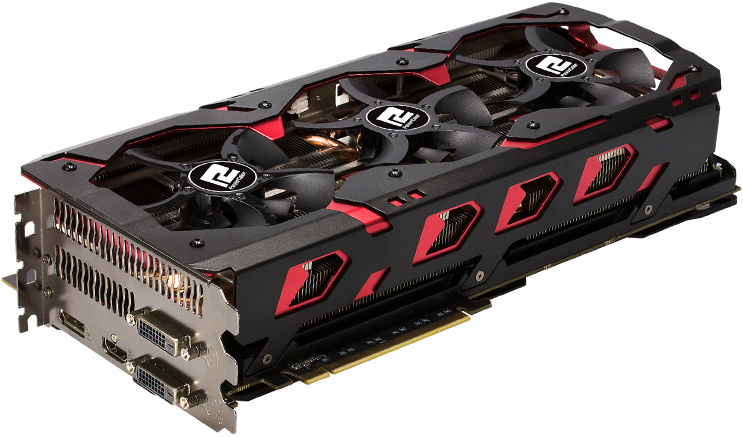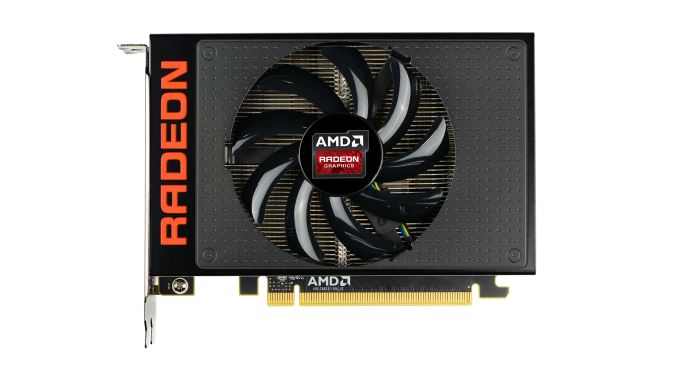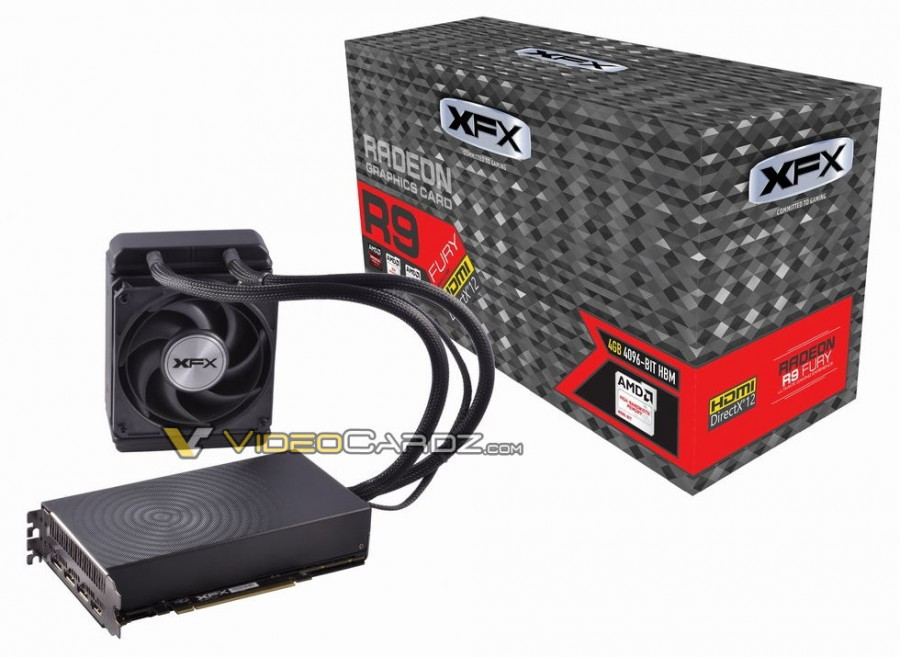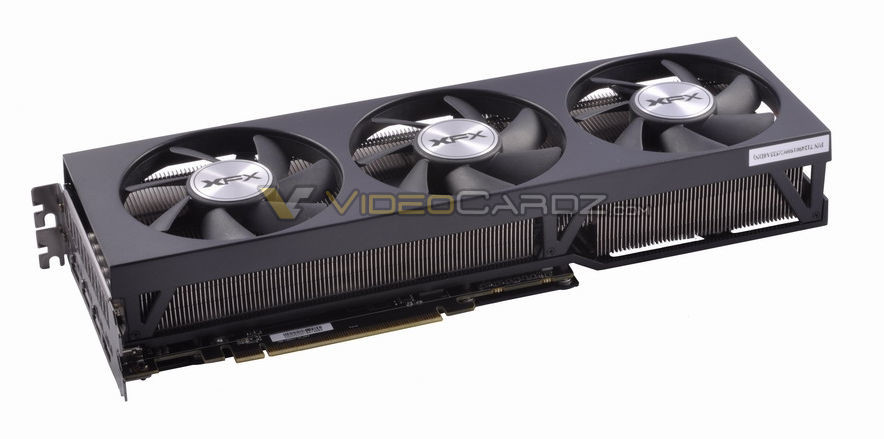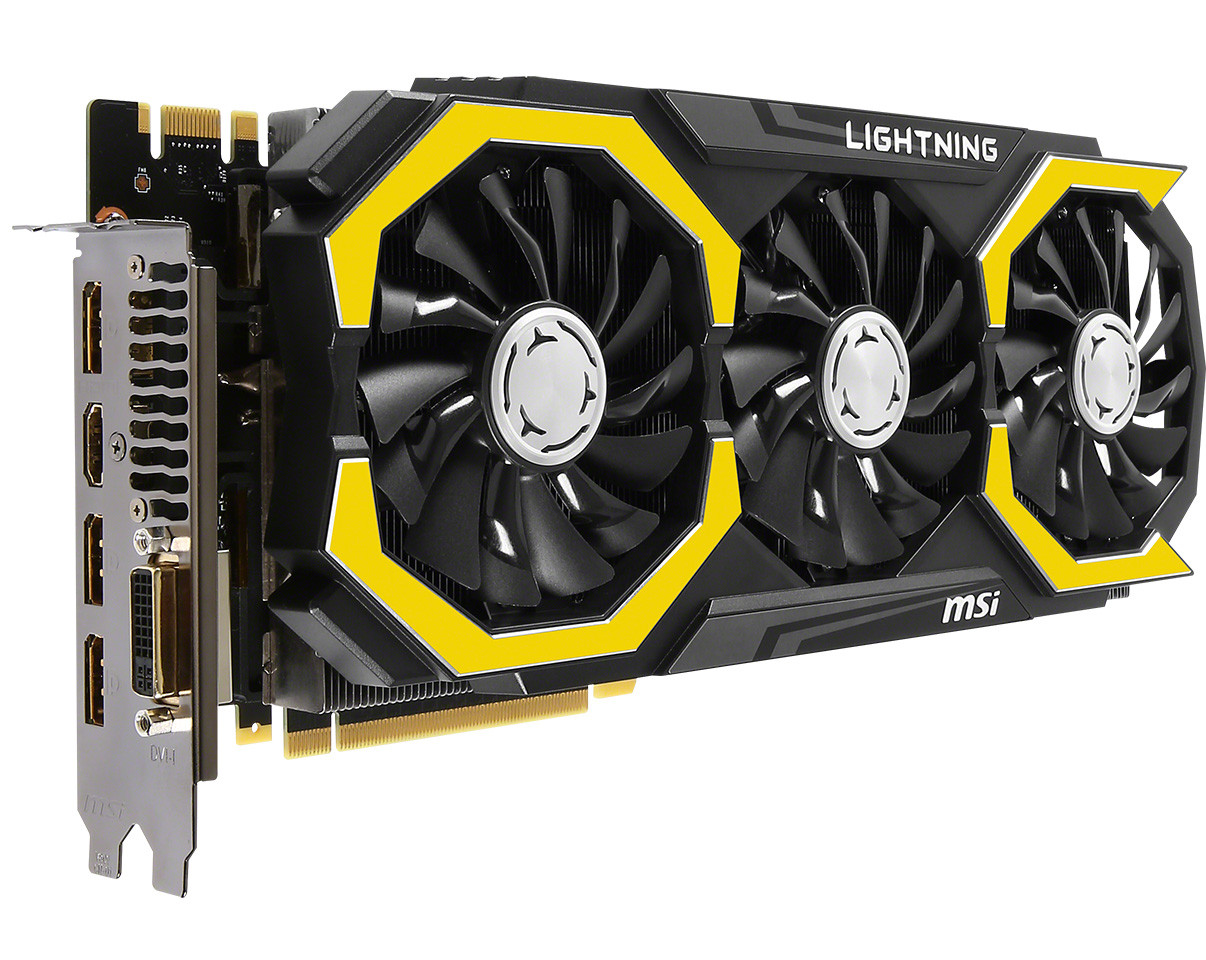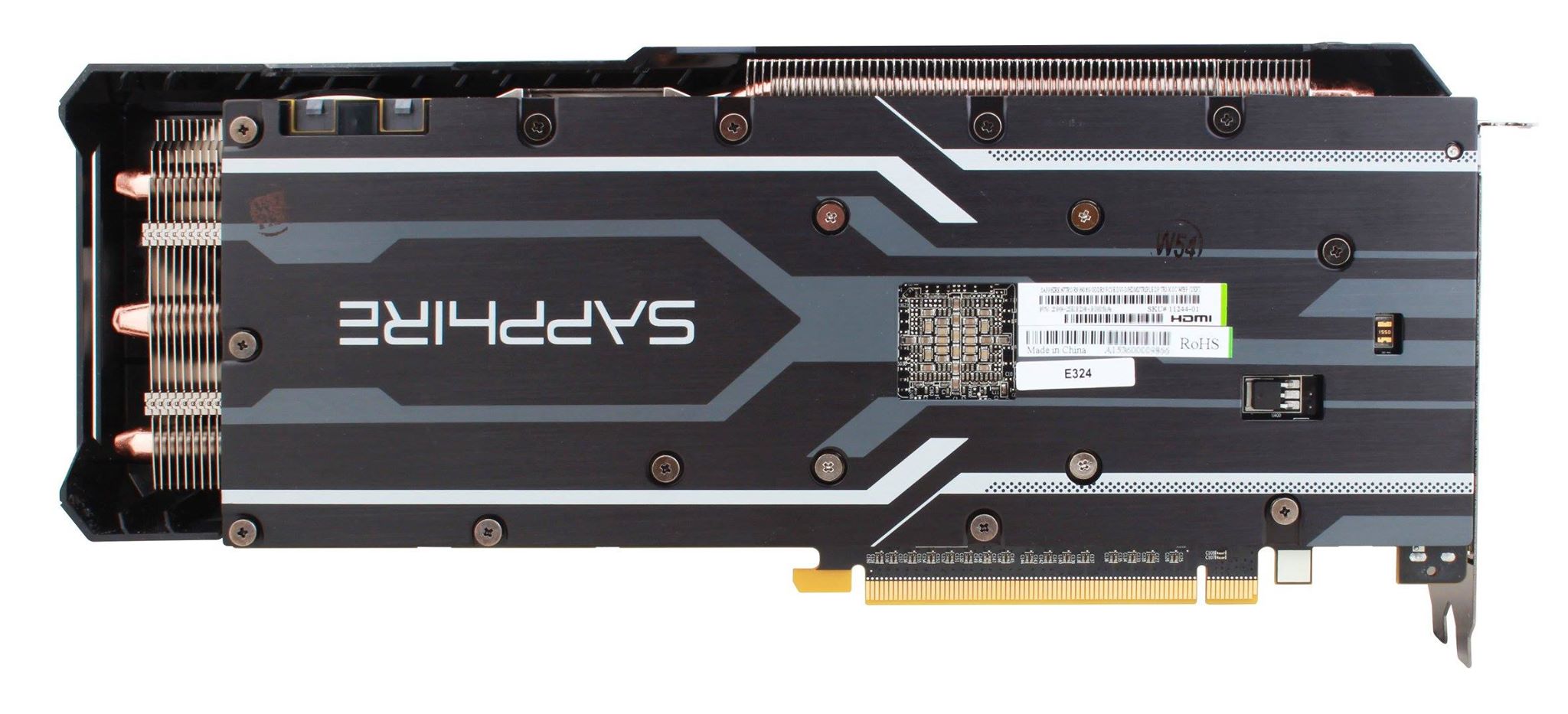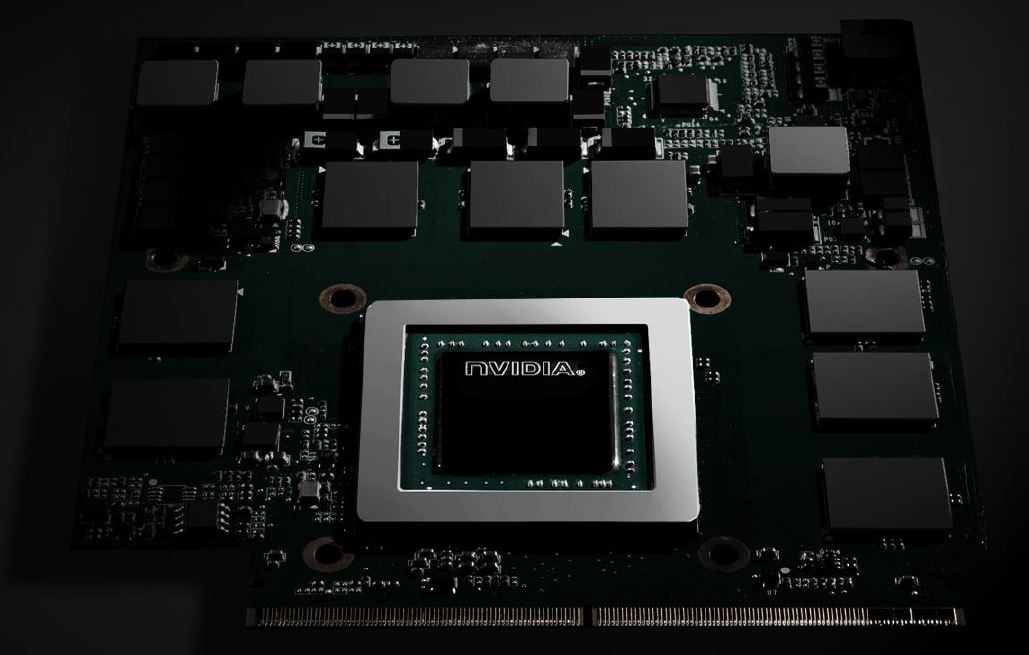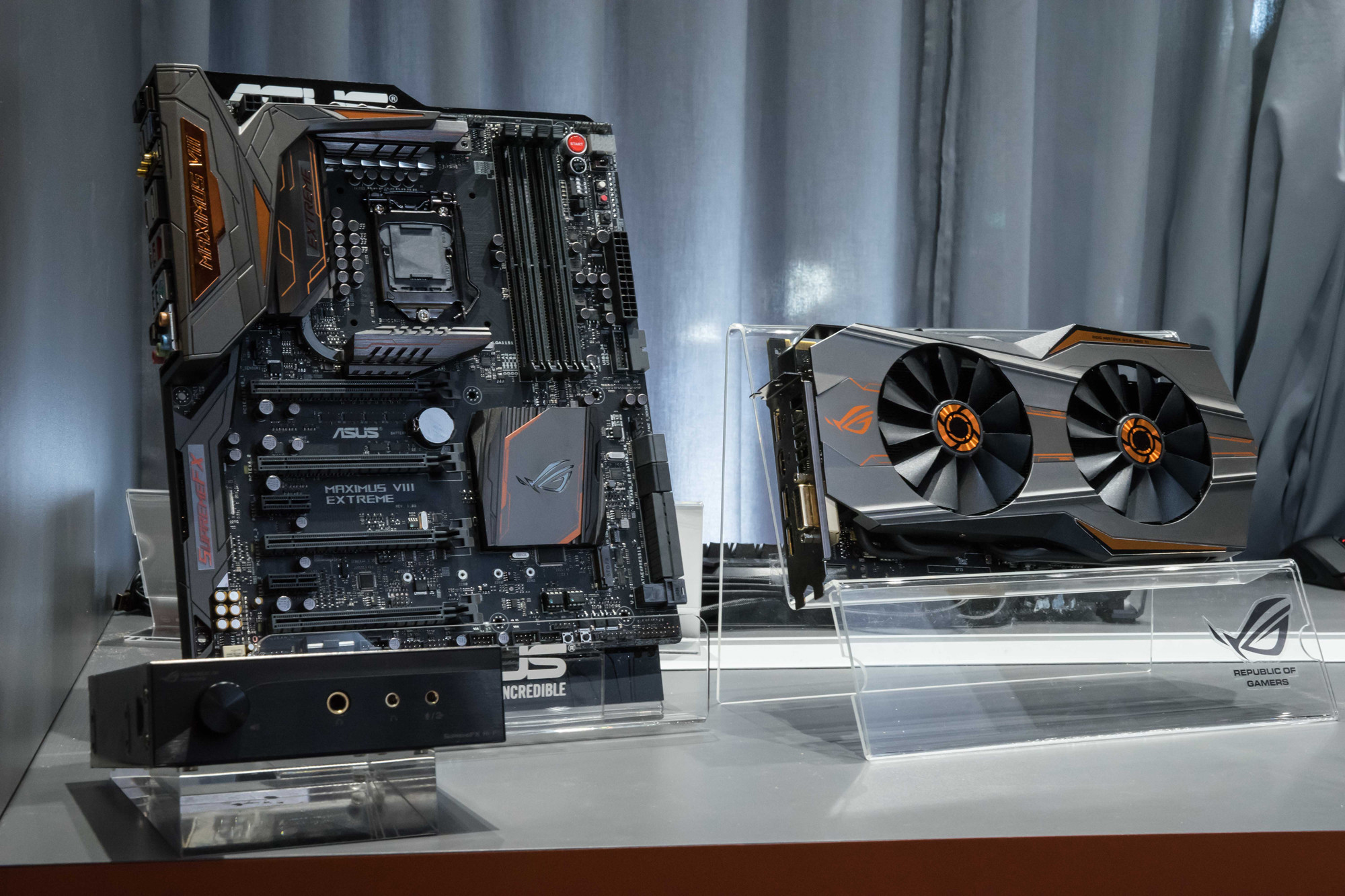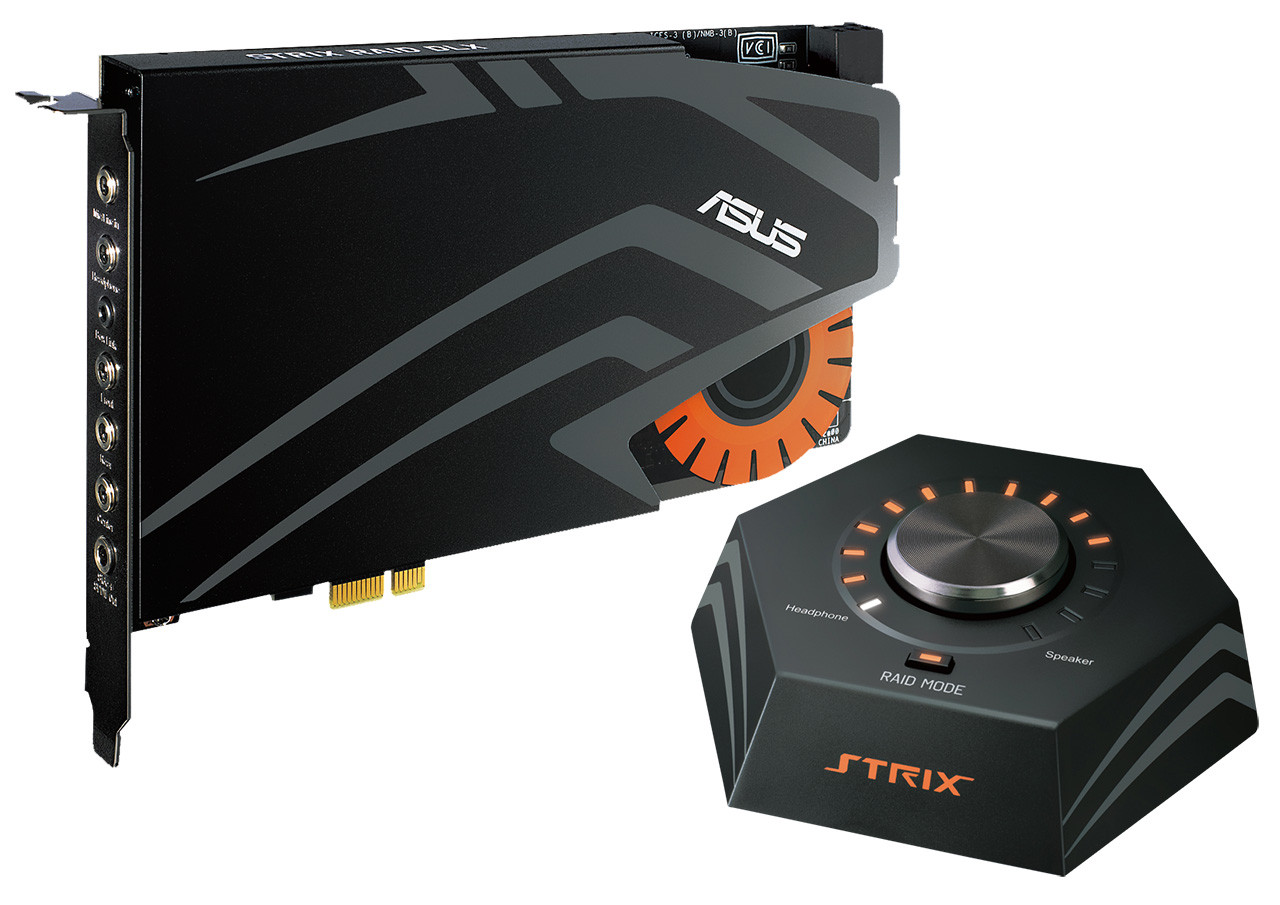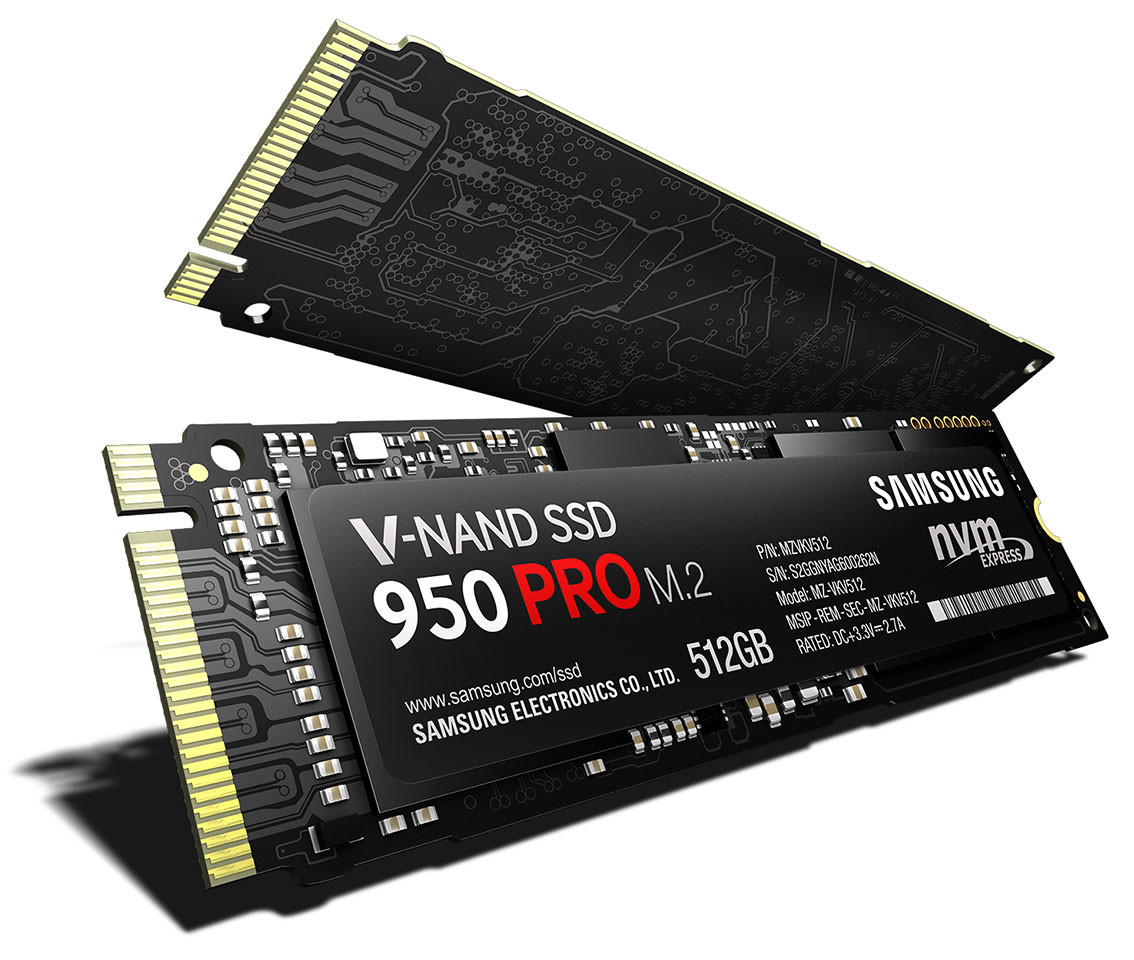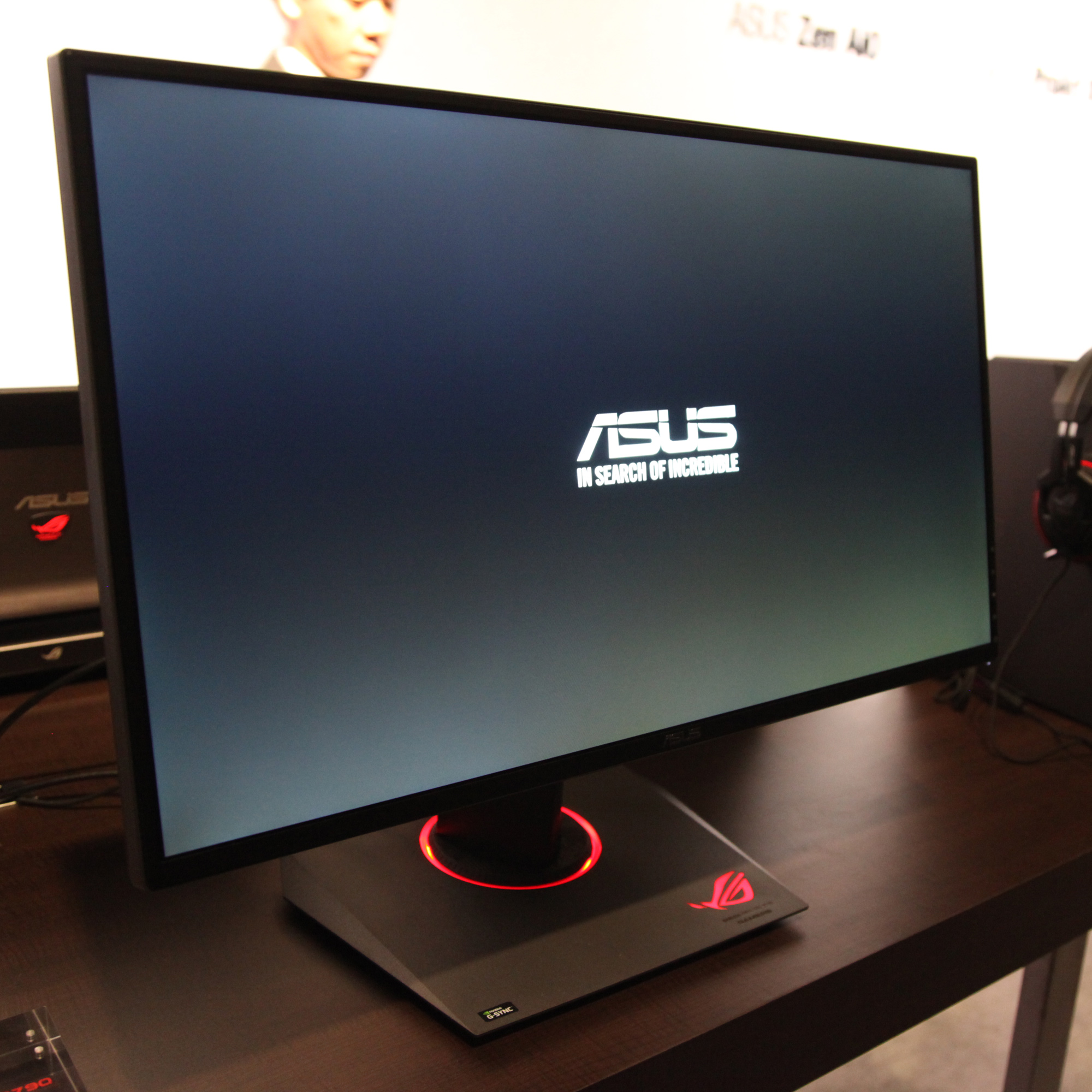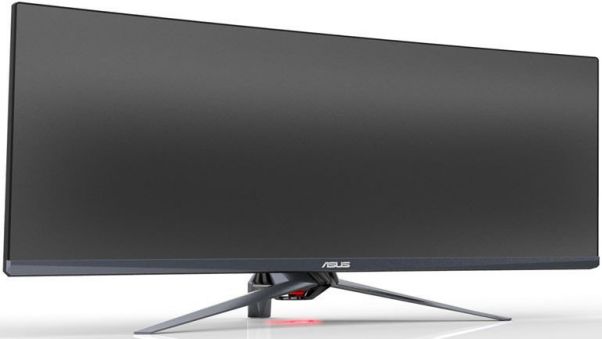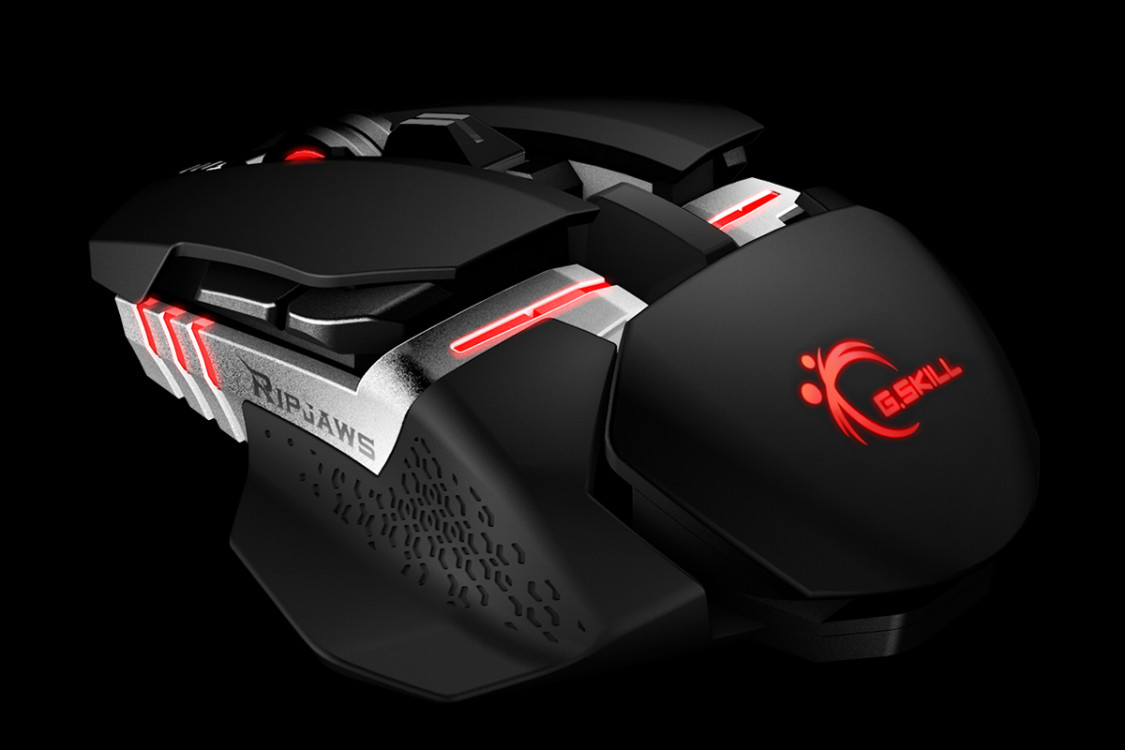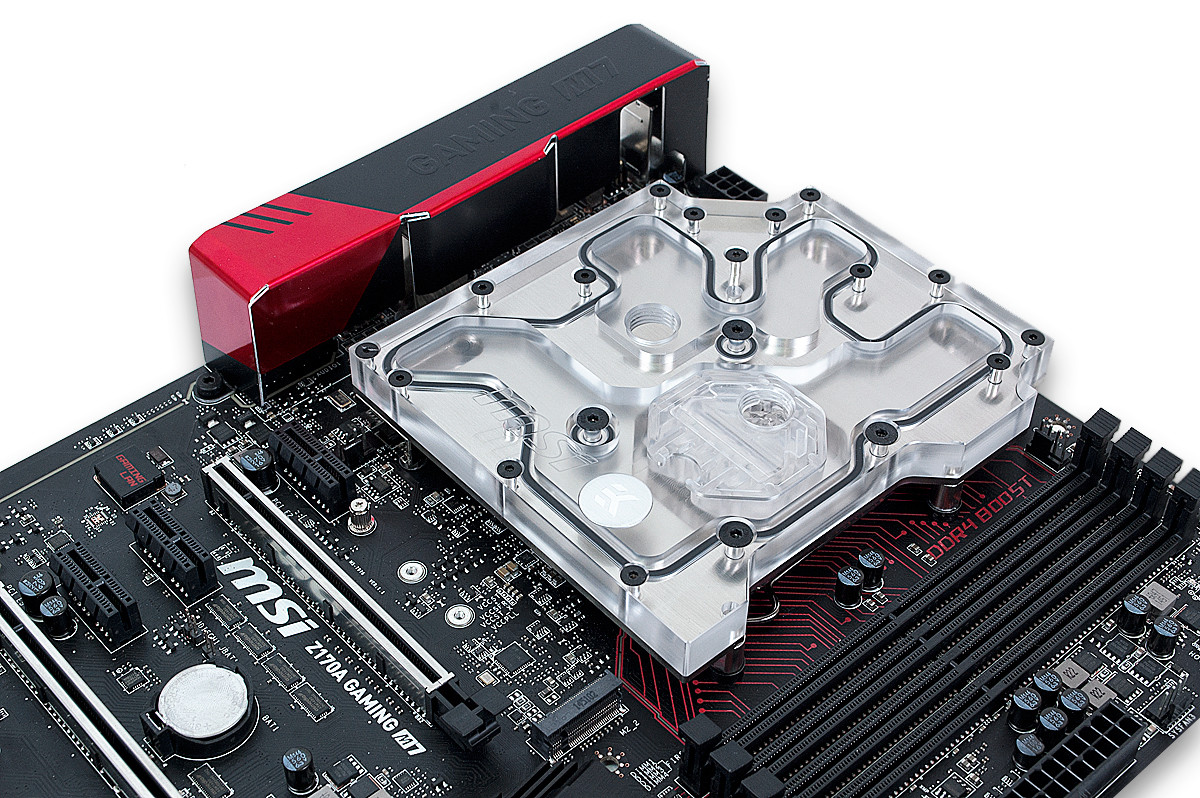First off if you haven’t bought it already – GTA V (non-steam) is on sale at GMG for $38 after coupon “20PERC-AUTUMN-SAVING”. It’s a great game that I thoroughly enjoyed and I’m happy that Rockstar took the time to port it and optimize it properly. It looks amazing when everything is dialed up. Now let’s take a look at some real news starting with hardware.
Since our last news update more GPUs arrived – NVidia’s lower end GTX 950 launched based on a ~25% cutdown version of the same GM206 chip as the GTX960 that we reviewed. The 960 is a great card for 1080p, so the 950 no doubt will perform very well when settings aren’t maxed out.
In addition and perhaps more importantly AMD launched the Fury Nano – a more power efficient and smaller version of the already small Fury X card that we reviewed in 1/2/3x CFX:
Pic courtesy of Anandtech and here is their summary from the review:
“Starting with the highlights then, let’s talk about the size. As far as Mini-ITX cards go the R9 Nano is a card without an equal. It is the fastest Mini-ITX card on the market and comfortably so, thanks to the fact that all other cards in this space are based on lower performing parts such as the GeForce GTX 970 and Radeon R9 380. Producing a small card is a solid, practical application of the Fiji package and the space savings of HBM, allowing AMD to produce a card just 6 inches (152mm) long. If you need the fastest thing that fits into 170mm or less – and you don’t mind paying top dollar for it – then the R9 Nano has earned its place right there.
Meanwhile when it comes to energy efficiency, the R9 Nano also marks a new high point for AMD. To cut right to the chase, AMD has struggled on the subject of energy efficiency for some time now, particularly since NVIDIA launched their Maxwell 1 and Maxwell 2 architectures last year. The release of the R9 Nano represents a significant improvement for AMD, showing us what an energy efficient implementation of Fiji is capable of.
Relative to the other Fiji cards – the Radeon R9 Fury series – AMD has been able to significantly cut their power consumption in exchange for a limited performance regression. At 2560×1440 – what I expect will be the gaming sweet spot for the R9 Nano – the card delivers 90% of the R9 Fury X’s performance and 96% of the R9 Fury’s performance. Though a tangible decrease in performance, it comes with 35% and 20% decrease in power consumption respectively, allowing AMD to offer better performance-per-watt than any other Radeon product to date.”
So it’s clear that AMD listened to the 290X reviews where thermal/power/noise were all listed as problems. It’s also interesting just how well this card does versus the Fury X. However it’s the price that concerns me. At $649 it’s the same price as the Fury X, but yet there are cost savings based on a smaller PCB, presumably less VRM circuitry and an air cooler vs AIO. It also performs slightly worse. Personally I think the Fury X needed to come in at $599 to undercut Nvidia, while the Fury Nano could have then come in at $549. However with AMD seemingly unable to deliver the demand right now perhaps it doesn’t matter.
While the Nano and X received reference designs, the vanilla Fury didn’t. Since launch there are some new versions with different coolers:
XFX used a similar AIO cooler and design to the Fury X. They also launched a large air cooled version:
Sapphire of course have their large Tri-X version: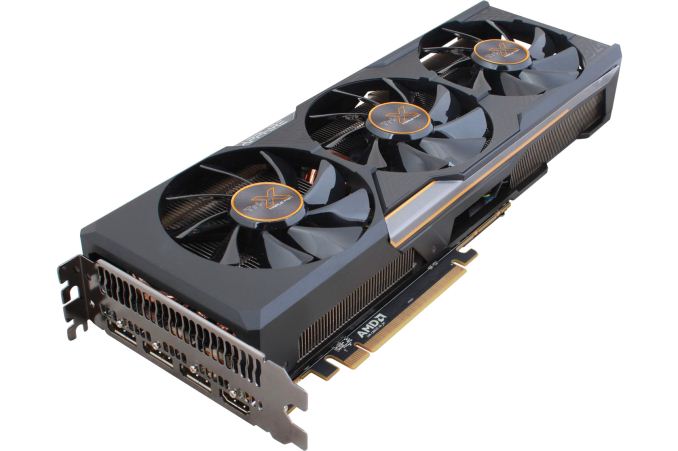 While Asus have their Strix version:
While Asus have their Strix version: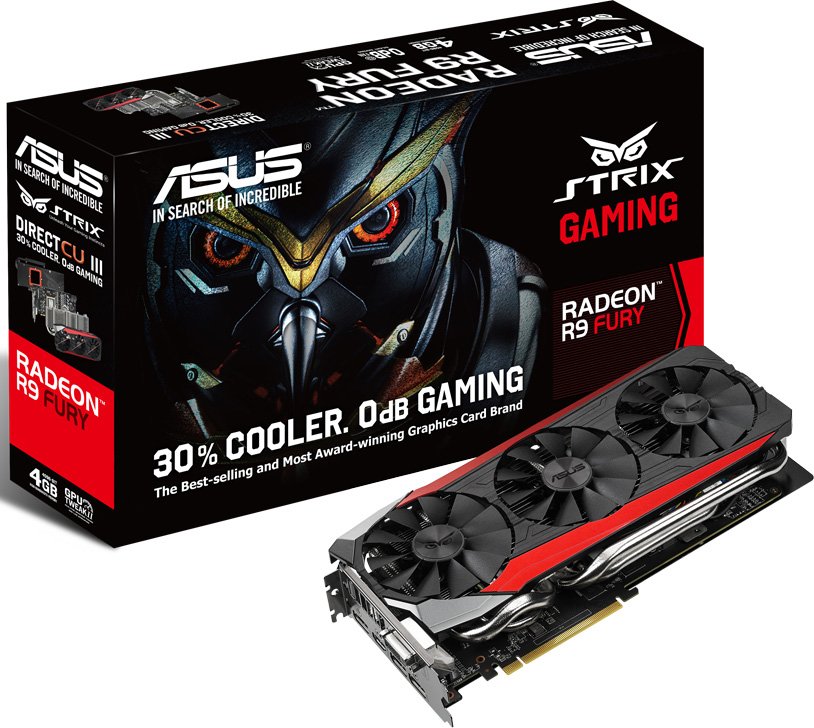
There’s something epic about a monster graphics card, but at the same time it really makes us appreciate that Nano all the more.
There are also some new version of older cards – like MSI’s GTX 980 Ti Lightning that finally launched:
Another monster card with tons of VRMs and power delivery: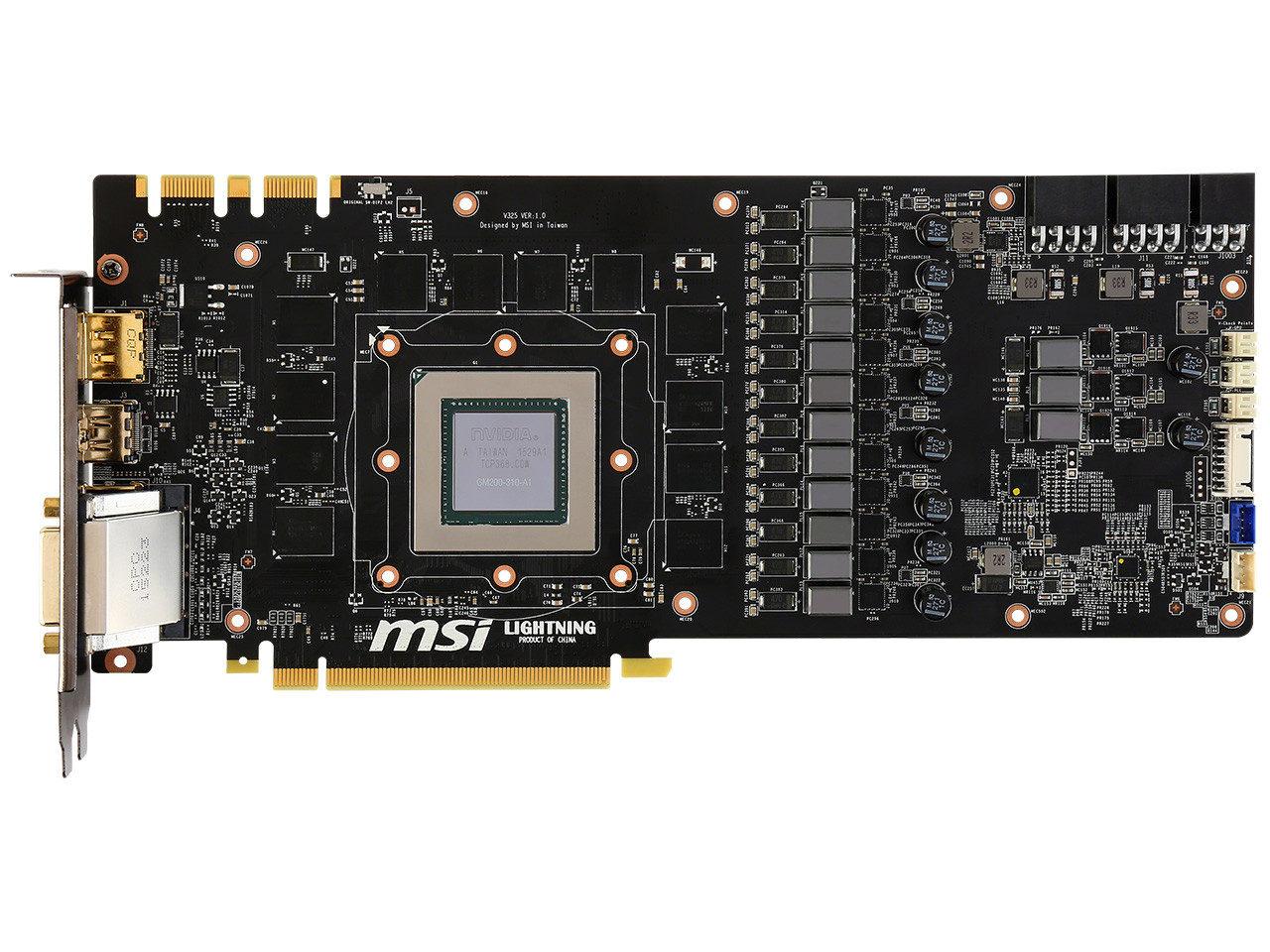 Of course the card was meant for benching on subzero cooling but this is even more true than ever. Generally we’ve seen no real benefit for air/water coolers of these hardcore versions of the cards which generally max out at the same frequencies as the cheaper versions. At $800 there are plenty of cheaper cards that still have beefy VRMs and higher power limits like the $700 EVGA Classified or the $660 Asus Strix version.
Of course the card was meant for benching on subzero cooling but this is even more true than ever. Generally we’ve seen no real benefit for air/water coolers of these hardcore versions of the cards which generally max out at the same frequencies as the cheaper versions. At $800 there are plenty of cheaper cards that still have beefy VRMs and higher power limits like the $700 EVGA Classified or the $660 Asus Strix version.
Sapphire have also added a backplate to their existing 8GB 390 Nitro card:
PowerCooler also launched their R9-390×2 – essentially the updated version of their 290X2:
We’re not a huge fan of this card. It’s huge and the original was a bit buggy compared to the 295×2. The outputs are still bad and it would have been better with an AIO cooler. At least the 4GB weakness has been addressed and this card ships with 8GB per GPU core. However we’d recommend two 8GB 390 cards instead if you want to go this route.
Let’s also talk about DX12. DX12 of course is only supported in Windows 10 because MS is desperate to get you to upgrade. Having played with Win 10 we can say it’s nice and responsive, but like so many we’re more comfortable selling our personal data to google than to MS. Now AMD’s GCN architecture that powered all of it’s recent designs for the past few years is allegedly more suited to DX12 than Nvidia’s because it scales better in a parallel fashion. We certainly saw this scaling work better for CFX than SLI in our Fury vs Titan showdown. NVidia’s lack of asynchronous compute may mean that it’ll struggle if it can’t corral game vendors to not need to use that part of DX12. Eitherway by the time DX12 is mainstream Pascal will be here and Maxwell’s weaknesses may be old news.
Pascal itself is reportedly in engineering sample phase. Pascal of course jumps to HBM2. Exactly what performance we will see remains to be seen, but Nvidia had promised a huge performance/watt improvement. So either performance will jump, or power will go down. Pascal also has a technology advantage over maxwell – finally jumping to 16nm finFET tech from TSMC. This is different to both the 980TI and Fury X that were stuck on TSMC’s 28nm node that has been the norm since the GTX 580. For AMD’s next product with HBM2 – the R9-4XX series we have heard rumors that it will use the same process as Pascal as well as some other rumors of a move to a 14nm finFET Global Foundries process. Time will tell.
Lastly Nvidia have started to offered fully fledged GTX980s for laptops. Previously the highest mobile GPU was the 980M which is quite different to a real 980.
It may come with 4-8GB of real dedicated GDDR5 – none of this shared memory nonsense. Note that this is not the first time however a 980 has appeared in a notebook. Clocks of course may be lower, and overclocking may be disabled.
Asus showed off it’s new Maximus VIII Extreme motherboard for the Z170 chipset/socket 1151 node:
Surprisingly the board has moved to an orange/black theme, but it has some cool new features on top of the standard 4 way CFX/SLI support and tons of extreme overclocking support- 1gig ethernet, U.2 storage, USB 3.1, thunderbolt 3 etc. Sound has also been aggressively improved and also includes a front breakout box and a real headphone amplifier. In addition a 10 gig ethernet add on card is included.
Asus also released a dedicated soundcard with external box:
The raid mode button lets you load your game optimized settings without going into any software. Of course with all Asus’s improvements to on board sound you have to wonder if any of this is really necessary?
Withe M.2, NVMe, Sata Express and the like we’ve been excited about SSDs in a way that we really haven’t been since they came mainstream. We’re seeing a lot of variation now with PCIe SSDs, standalone SSDs as well as daughterboard type (M.2 etc). Personally we’re a big fan of M.2 style SSDs as long as we don’t have to give up performance. PCIe SSDs take up slots that could be GPUs (or a smaller motherboard), however both are limited in the amount you can have.
Samsung announced their 950 Pro range of M.2 ssds:
Sadly the size is limited to 512GB but the speed is phenomenal. 110K IOPS/1.5GBPS write and 300K IOPS/2.5GBPS read. There will be an 950 EVO M.2 in 1TB of course, but speeds will be less and the EVO models have always been a bit shady in terms of its speed vs aging.
If you’re willing to go outside the M.2 factor Samsung will be doing a 2.5″ 950 Pro in a 4TB size. Excellent news there, the question is how much speed do we give up to get that juicy storage?
We’ve still to really see Seagate and Western Digital adapt to the change SSDs have brought. At this point it seems too late for those dinosaurs to really do anything.
It’s also a good time to be a monitor enthusiast. Recently we’ve seen a ton of innovation in the 1440p space. Last year we had ROG’s swift launch as the first Gsync 144Hz display. Over the summer we’ve seen a bunch more options:
Acer’s HB270U (below) back in the spring brought 144Hz, IPS and Gsync, while the Freesync version came as the HG270U.
This summer we’ve seen pics of Asus’s updated swift – the PG279Q (below) which also moves to IPS but jumps to 165Hz. If you want Freesync Asus also have the MG279Q.
We are sad that what looks like the best 1440p 27″ display won’t support both freesync but only G-sync.
We also saw the very exciting Acer X34 – this is a curved 3440×1440 34″ IPS screen that updates the old XR341K model that had FreeSync and 75Hz support. It replaces freesync with G-Sync and gives the refresh rate an overclocking option of up to 100Hz. Sadly ULMB (aka lightboost aka backlight strobing) is not an option. ULMB provides the ultimate in motion clarity far beyond what high refresh rates are capable of.
Of course Asus will be making a screen (PG348Q) almost exactly the same but it won’t be available til the spring:
Speaking of high refresh rates there is also the Acer Z35 screen – a curved 35″ ultra widescreen. Like the X34 this has gsync but scales up the refresh rate to 200Hz. To do this resolution of course has to drop and the panel is only 2560x1080p. Still impressive though and useful for those who want ultimate clarity without using a strobing backlight.
The question is with all these monitors – do you buy now or wait freesync/g-sync to settle out and the next version of display port to arrive that would enable 4K @120hz or 1440P at 200+Hz.
Peripherals
Gskill have expanded into peripherals with their Ripjaws MX780:
A design that seems similar to a few others. Mad Catz also launched a few new models including the R.A.T. Prox and Pro S versions (latter below):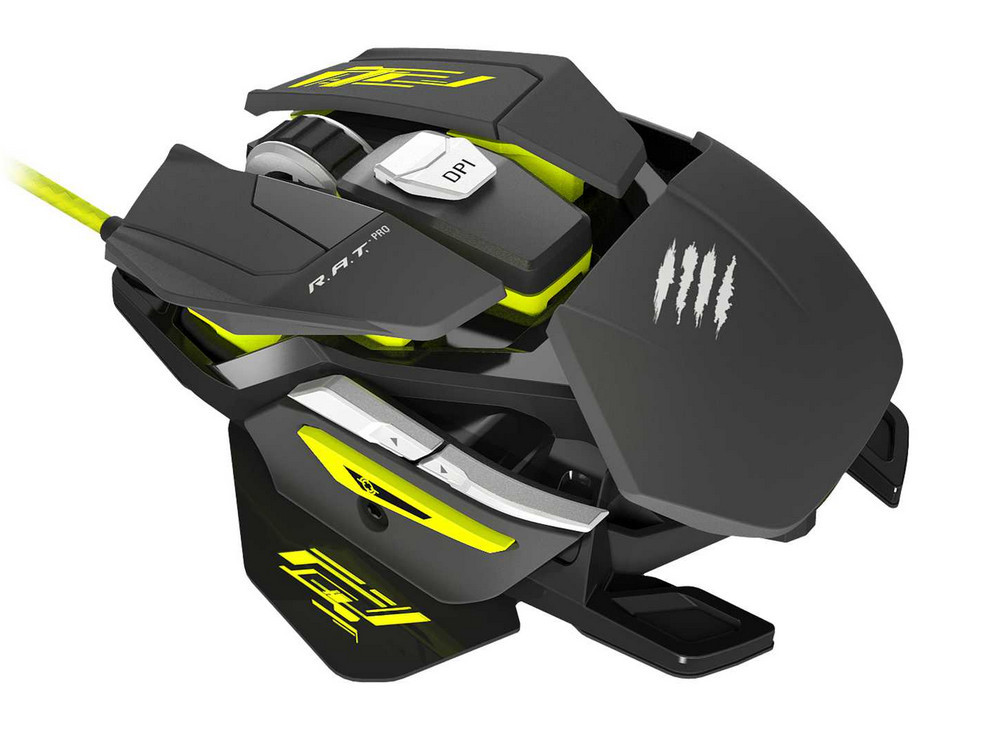
Mad Catz also launched a 7.1 headset that uses a 50mm driver in each ear. As usual software is used to generate the sound experience:
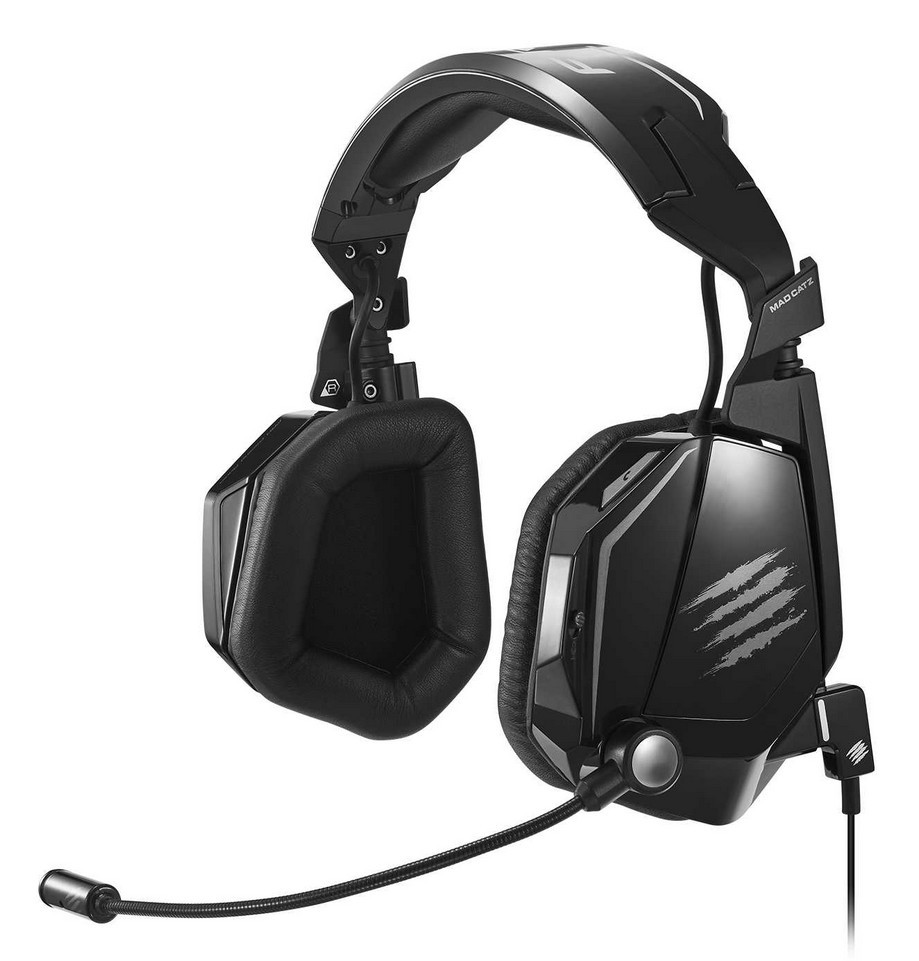
Lastly let’s talk about water cooling!
With all the GPU releases there are bound to be a few blocks – let’s start with the Nano:
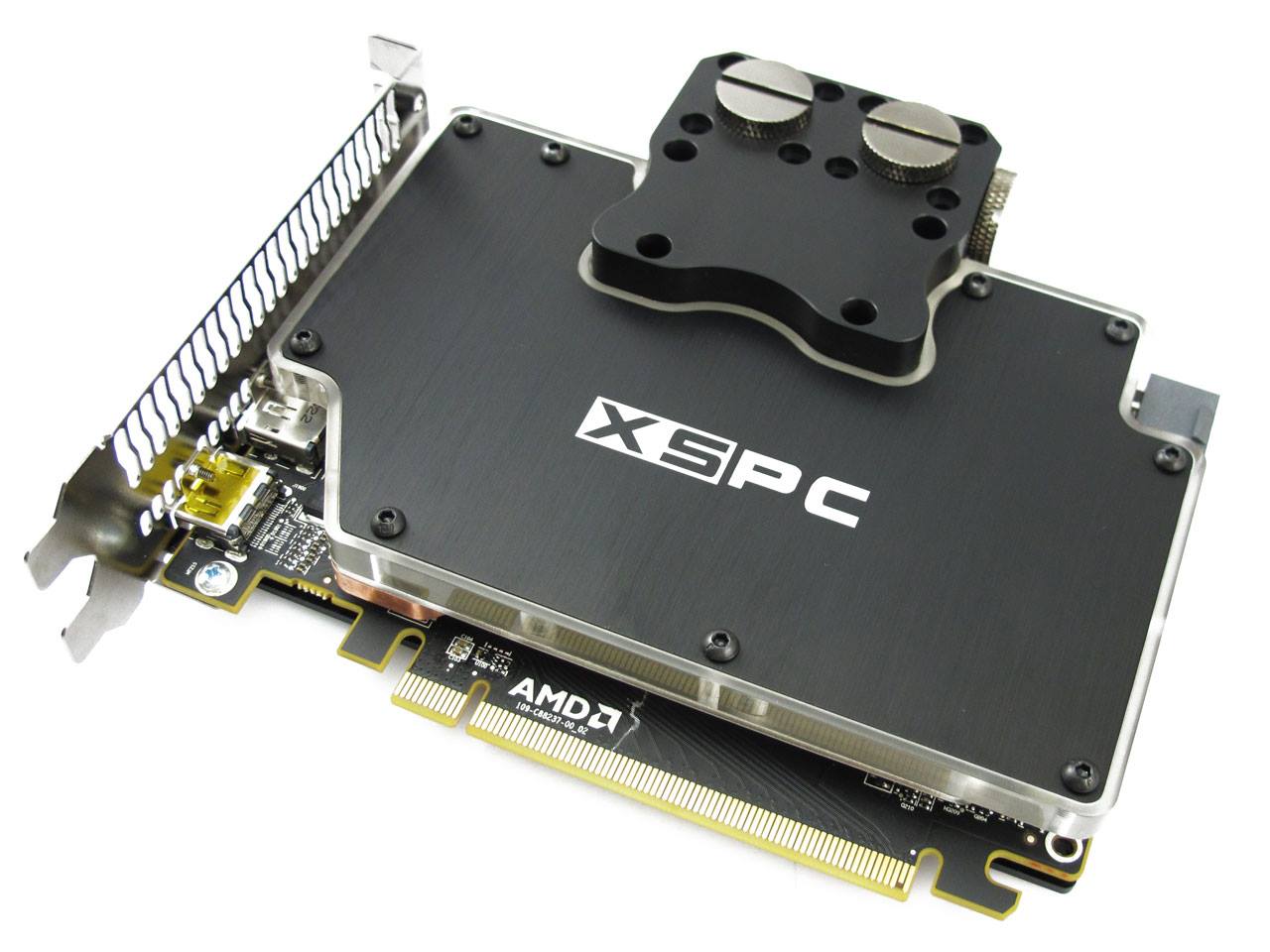 XSPC’s is par for the course from them – no changes. EK too continues their design trend:
XSPC’s is par for the course from them – no changes. EK too continues their design trend: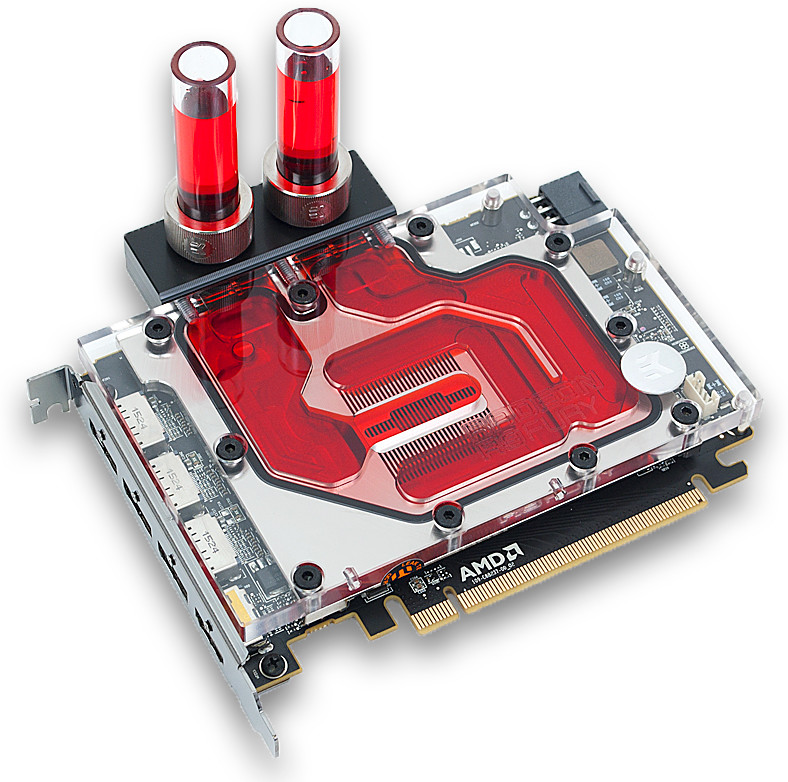 Aqua Computer meanwhile have gone with a full cover copper base which I think would look much better as the nickel plated version. It also looks a bit unbalanced:
Aqua Computer meanwhile have gone with a full cover copper base which I think would look much better as the nickel plated version. It also looks a bit unbalanced: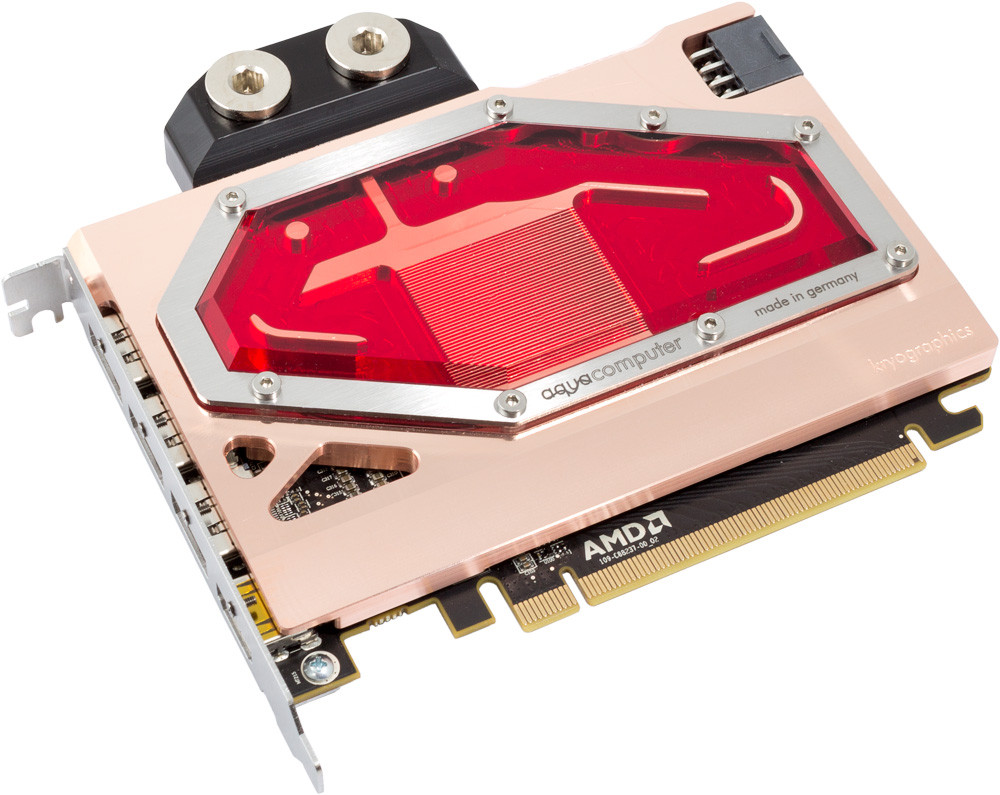
EK decided to support MSI’s Z170A Gaming M7 motherboard with a monoblock:
We love EK’s monoblocks – compact and good looking. The only downside is the need to remove part of the CPU socket to fit them.
That’s all for now!








